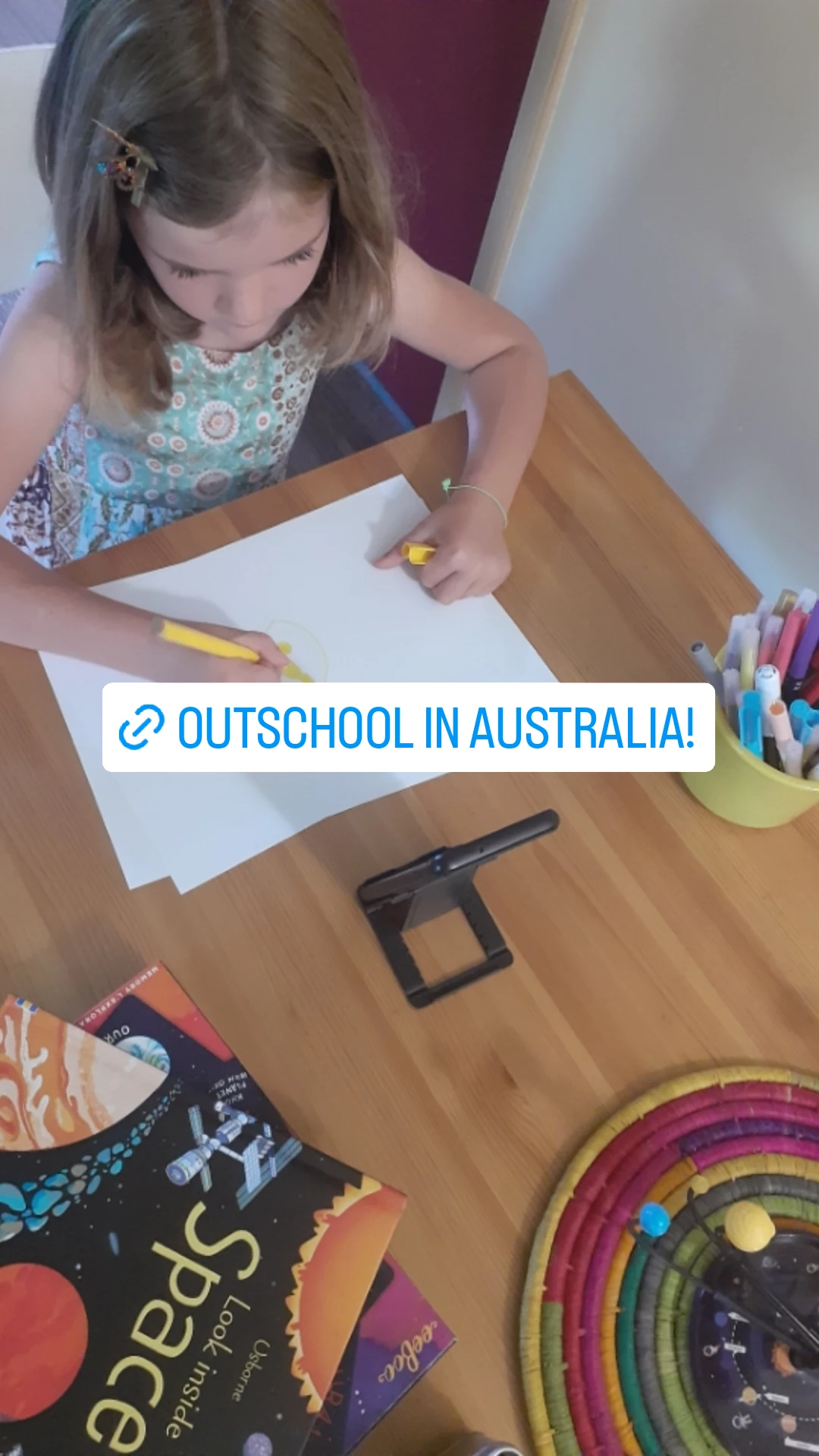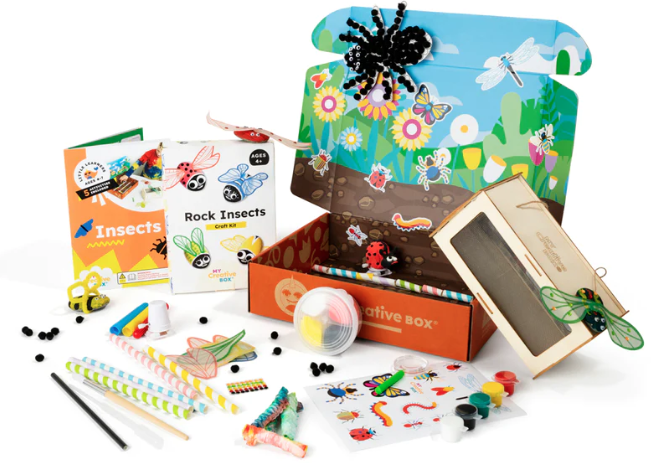Mama's Musings
Tablelands Through Time
This is not a homeschooling post, but if you are a local to the Atherton Tablelands, Queensland, Australia, or you ever visit - here's an educational history tour of this area! And if you live elsewhere, maybe this article, originally published in What's On Tablelands magazine in April 2022, will give you some ideas for exploring the history of your local area?
The natural and geological history of the Atherton Tablelands and surrounding areas is fascinating! It includes giant trees and ancient forests, craters and crater lakes, lava tubes, gems, and gorges. Between four million and 10,000 years ago, a series of volcanic eruptions occurred over the Atherton Tablelands. Learn more about local volcanic history from the interactive displays at Malanda Falls Visitor Centre, where you can also explore the adjacent rainforest walking trails. Mt Hypipamee Crater, Bromfield Swamp, Lake Eacham, Lake Barrine, and Hallorans Hill, as well as the Seven Sisters and Lake Euramoo, all form part of a...
Hands On Maths and Numbers for Early Learners
Something that comes up a lot in my sessions and conversations with other parents is - how do we 'teach' kids who just want to touch, squash, bang, run, jump, yell and are basically very IN their own bodies a lot of the time?
There are so many ways to learn the same concepts. That we expect busy little bodies to sit, hold a pencil, and listen for great lengths of time is plain crazy. It's the worst part of our modern education system, I think. (And there's loads of research behind that opinion, but I don't think I need to convince you!)

Here are some of the ways we've discovered numbers in the early learning years with tactile learners:
manipulatives – buttons, coins, counters, Cuisenaire rods, MAB (Multibase Arithmetic Blocks), rocks, abacus, dominoes, sticker spots & stars, anything they have multiple of (favourite toys), lego, blocks
play – games, building, count as you hop, jump & skip, collect, bounce, measure, run, using timers, shops, sorting, ball games, mazes, scavenger hun...
What is an Invitation to Learn?
I've had a lot of questions about some terms I use, lately.
What is an invitation to learn?
What is strewing?
What is a rich learning environment?
Why are you so passionate about make memories?
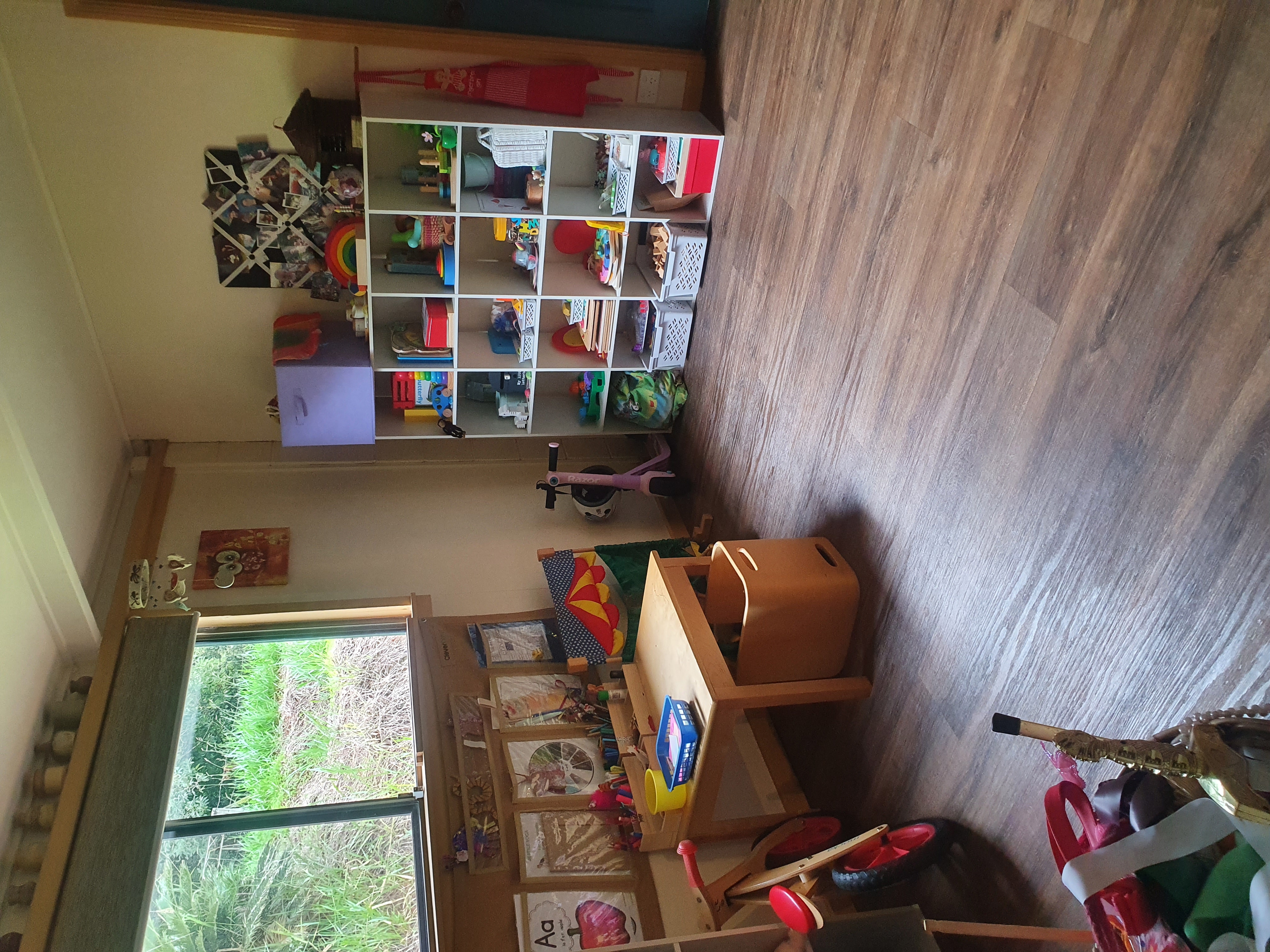
This photo is of Zeah's learning space a couple of years ago. It still looks like this, but with some of the toddler items moved on, and more big-kid things (and mess, plenty of mess). This room itself is an invitation to learn - there are a variety of toys, art activities, games and books (out of the shot) and she can set up to play and not have to pack it away right away. The room is an open area off our living space so she can see and hear me while I do Mum things, or work from home. For older kids, an inviting space might be games displayed on shelves, a comfy place to sit and read, quality books that are easy to find, art supplies that are accessible and interesting with images for inspiration, blank journals and nice pens, or a musical instrument in a living space (eg our guitars are ...
Painting Rainbows
Most kids love painting and drawing! Children are naturally curious, creative, and imaginative, and these traits are often expressed through their artwork. Painting and drawing allows children to express their emotions in a fun and engaging way. Art can help children develop important cognitive and motor skills that are critical to their overall development.
When it comes to art & craft, one of the most popular subjects among children is rainbows. Rainbows are vibrant, colourful, and full of energy, and they hold a special fascination for people of all ages.
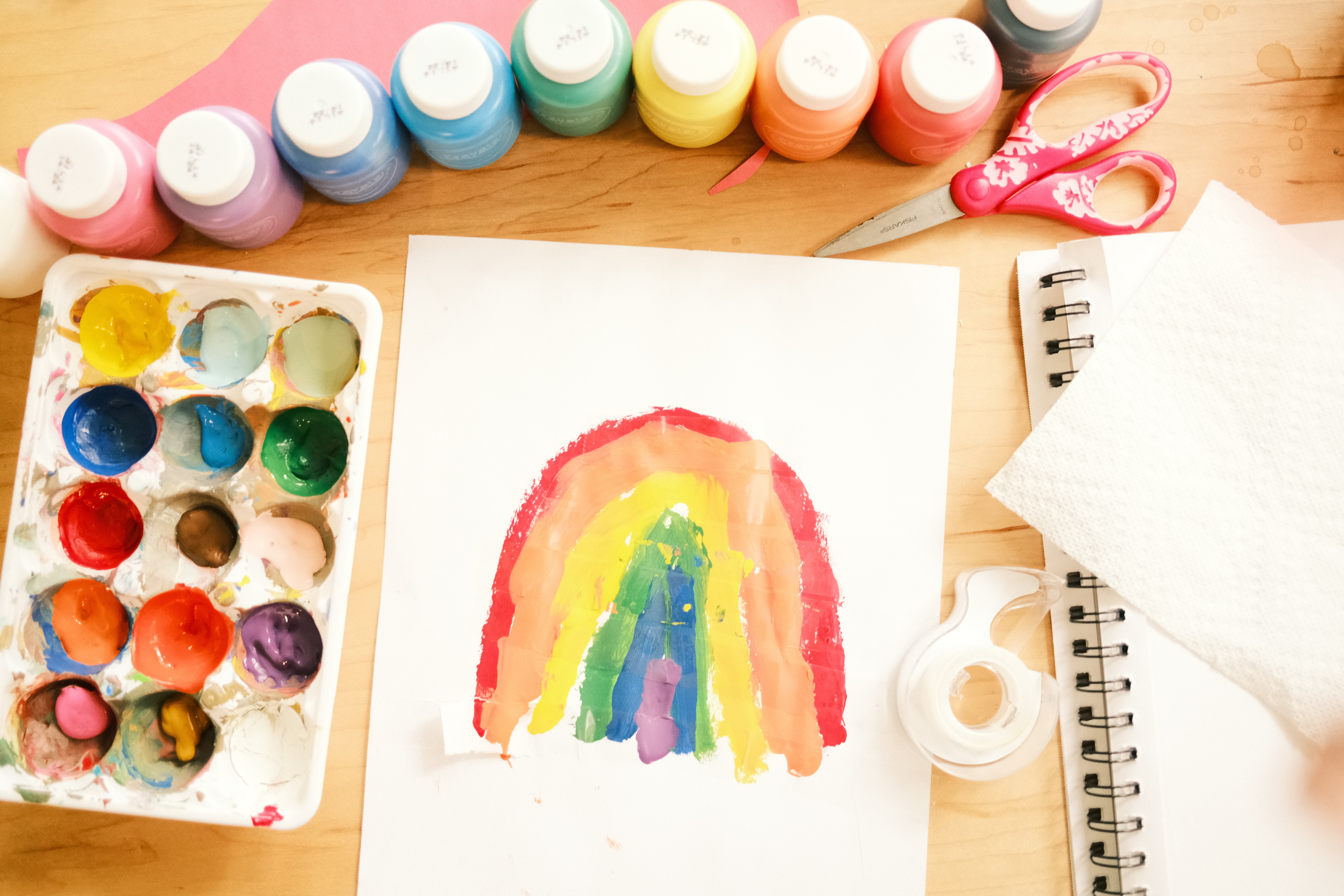
Photo credit: Taylor Heery (Unsplash)
One reason why children enjoy painting rainbows is that they are visually stunning. By attempting to paint a rainbow, children are able to explore different colour combinations and learn about the colour spectrum in a fun and engaging way.
Another reason why children like to paint rainbows is that they represent hope and positivity. Rainbows are often associated with good luck and happy ...
Muddy Play
For many children, playing in mud is a natural and instinctual activity that brings joy and excitement. Unfortunately, in today's world, children are often discouraged from playing in the mud due to concerns about hygiene and cleanliness. However, research has shown that playing in mud can have numerous benefits for children, both in terms of their physical and mental health. Below are some of the reasons why children should be encouraged to play in mud.
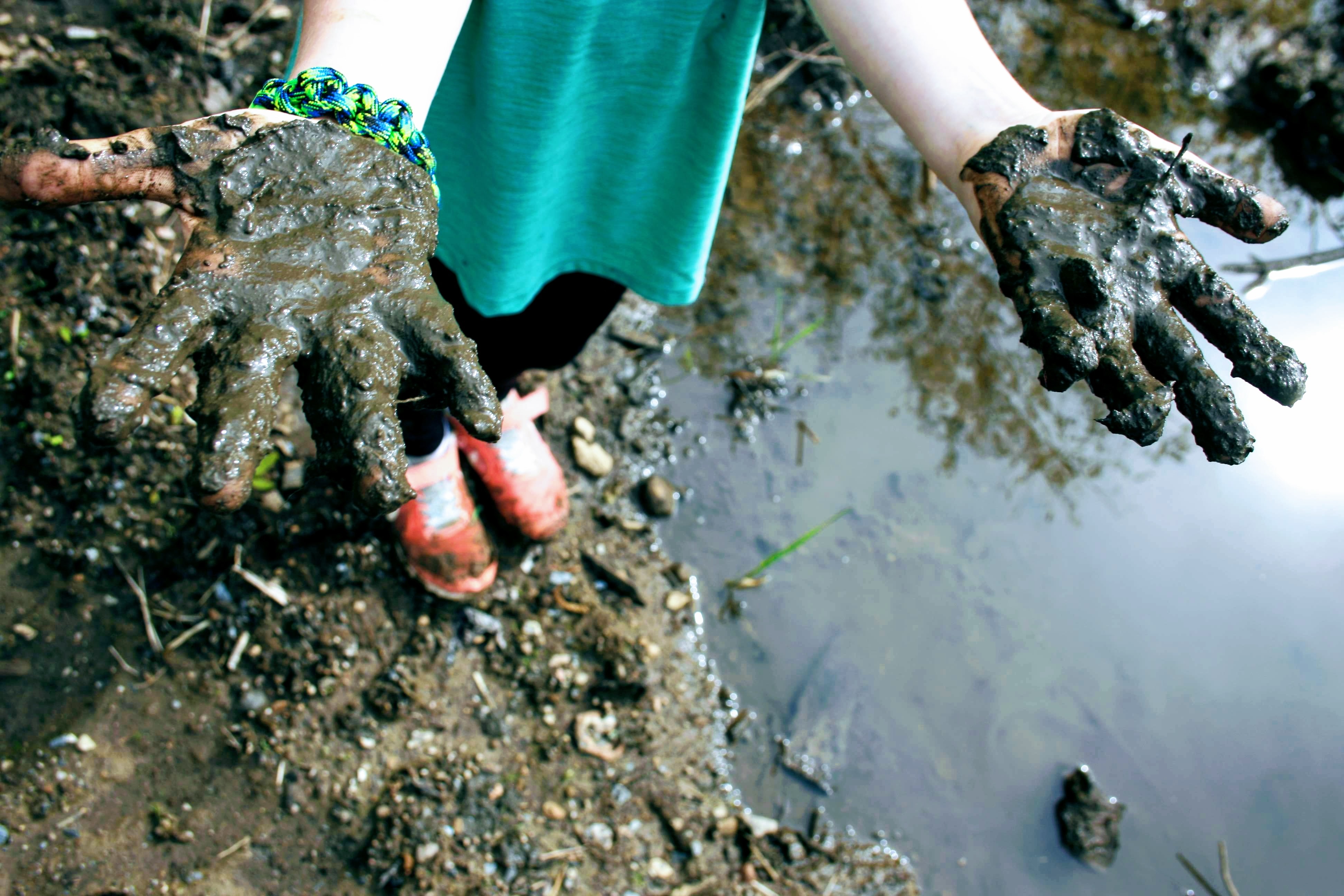
Photo credit: Ellie Storms (Unsplash)
Physical Benefits
Playing in mud is a great way for children to get some exercise and develop their gross motor skills. Mud is an unstable surface, which means that children have to use their muscles to balance and move around. This can help to develop their coordination, strength, and overall physical fitness. Additionally, playing in mud can help to improve their sensory skills, as they learn to use their senses to navigate the environment.
Mental Health Benefits
Playing in mud can also have a...
Learning About: The Human Body
We're finishing a human body unit study that has lasted many months and included lots of STEM activities from both My Creative Box and Kiwico, the 1998 BBC documentary series The Human Body, Magic School Bus episodes, lots of books, puzzles, games, and of course imaginative play as various health professionals who mostly use bandages and a stethoscope! Mum gets a few minutes to lay on the couch as a patient of course!
These activities were complimented by some Twinkl resources such as their My Body Activity Pack for Kids. There are so many printable resources online to teach most themes, and we choose those which appeal to Zeah. Mazes used to be the favourite, but wordsearches are becoming her most frequently requested activity sheets.

Zeah enjoyed some anatomy classes through Outschool where they built body parts such as the inner ear with playdough while learning facts about that body system. Including hands-on activities really appeals to her learning style.

Overall, thi...
Valentine's Day Crafts
Our almost-7 year old doesn't need any special reason or day to express love to her family and friends, so she's always excited when I suggest some crafts and activities for Valentine's Day.
Here are some we'll try this year:
Clay Nature Weaving Hearts by Mud and Bloom
Valentine's Day Pudding by Twinkl Parents on TikTok
Valentine's Heart Paper Garland on Twinkl
Yarn Wrapped Hearts by Design Your Life
(or another heart weaving/wrapping activity)
These simple heart cards by Messy Little Monster
(because... tie-dye!)
Love Bugs - I mean Lady Bugs by Housing a Forest
ALL the things on this page because nature craft is our favourite! Thanks mothernatured.com.
Happy Lovers Day to you all, and those you love, and those who love you.

Learning About: Space
In 2022 Zeah enjoyed some themed learning activities about Space! We got loads of great ideas from a purchased lesson plan booklet from Preschool Unit Lesson Plans. Their thematic units are literature-based, easy to prepare, and fun to implement. This saved me some time searching the internet for activity ideas!
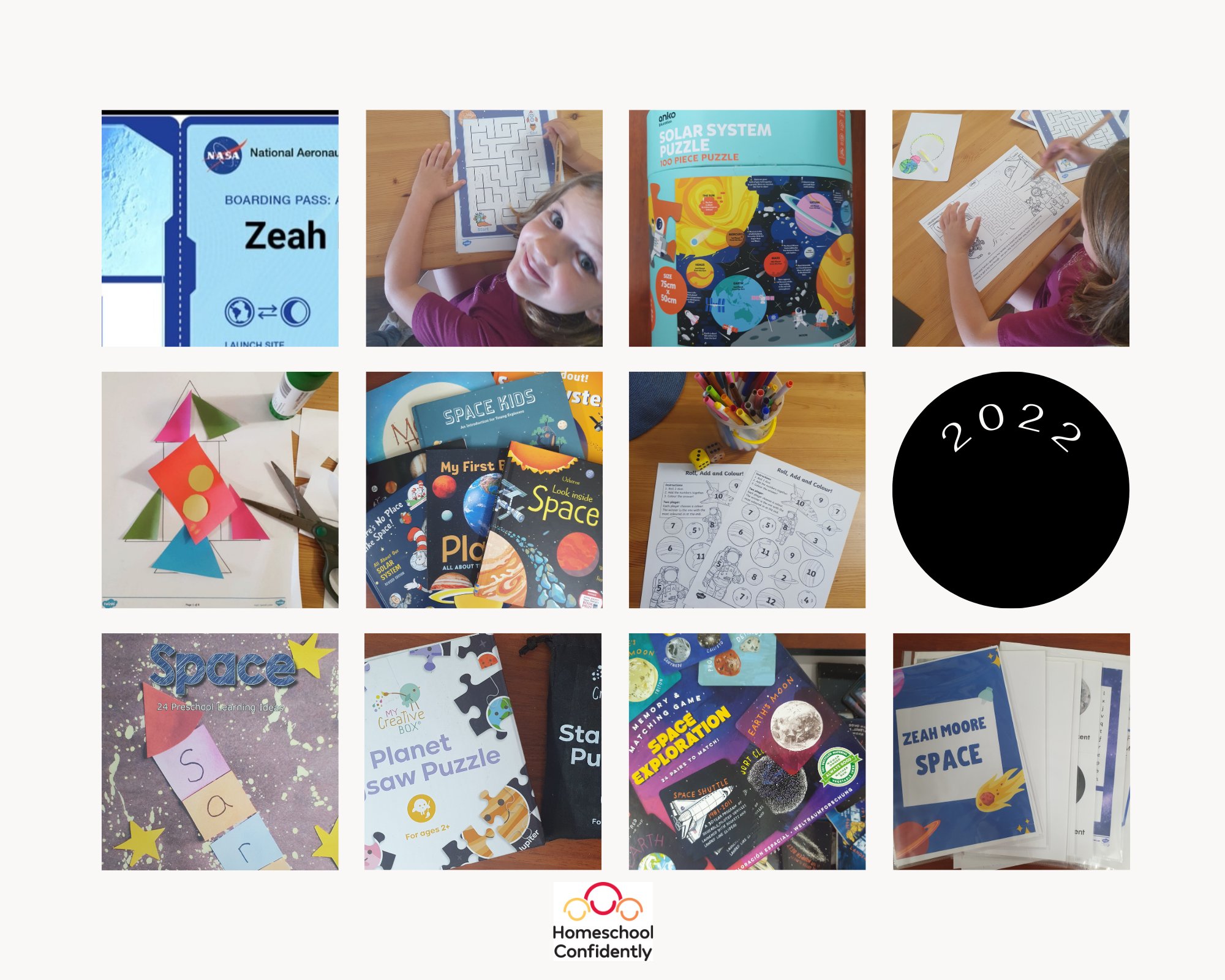
I also found so many activities on Twinkl, as usual, and Zeah chose several to download and print. She had fun with My Creative Box space-themed crafts and activities, especially the box that became a jet pack to zoom around the house!
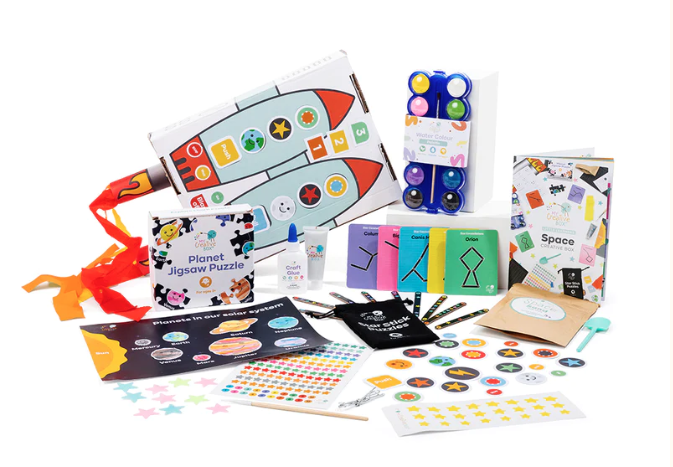
We gathered, borrowed and purchased a number of games, puzzles, and books, and watched our old favourite Magic School Bus DVDs several times! Zeah joined an Outschool Space-themed escape room class, in which both the teacher and students shared their knowledge of space to solve problems and reach a goal. Escape rooms are Zeah's favourite style of Outschool class!
We intended to go to an observatory, but the weather wasn't great. ...
Learning About: Insects
I'm a little behind with this series of posts sharing unit studies we've done. Early last year Zeah's learning theme was Insects. It followed Australia, which was a very broad theme to study. Insects was a fun unit with an abundance of resources available for a six year old, and despite studying insects with the kids for over two decades, I still learned a lot too!

Twinkl was our go-to for printables again - with a variety of activities for Zeah to choose from. My Creative Box provided our craft items, most of which Zeah did with her Nanny while I was at work.
We collected books from our own shelves and the library, and the most popular were those with close-up photographs of various minibeasts. We also gathered some toys and games - some we already had, and a few new items.
When preparing resources for themed learning, first I gather what we already own, then I search online for ideas. We use the library, borrowed items, secondhand items, and will sometimes buy new things. We a...
School Holiday Fun!
When we had a bunch of children close in age, the school holidays were a welcome chance to drop everything and just play! If we weren't going away anywhere, fun was had at home with friends or family visiting, and we avoided going out as a welcome relief from our daily driving commitments. As a large, rural-living family, there was something on almost every day during school terms!
Now I have only one young child at home, so when we're not going away during the holidays I often look for opportunities to keep her entertained. Sometimes we have playdates with local friends, but other ideas I use include:
the library - our local libraries offer a wide variety of activities during each school holidays. We have six libraries within 30 minutes of our home, so there are different days and times to choose from. The activities are free, and booking online is simple. Of course the library is great for books, story CDs, DVDs and other entertainment including free access to so many digital r...

